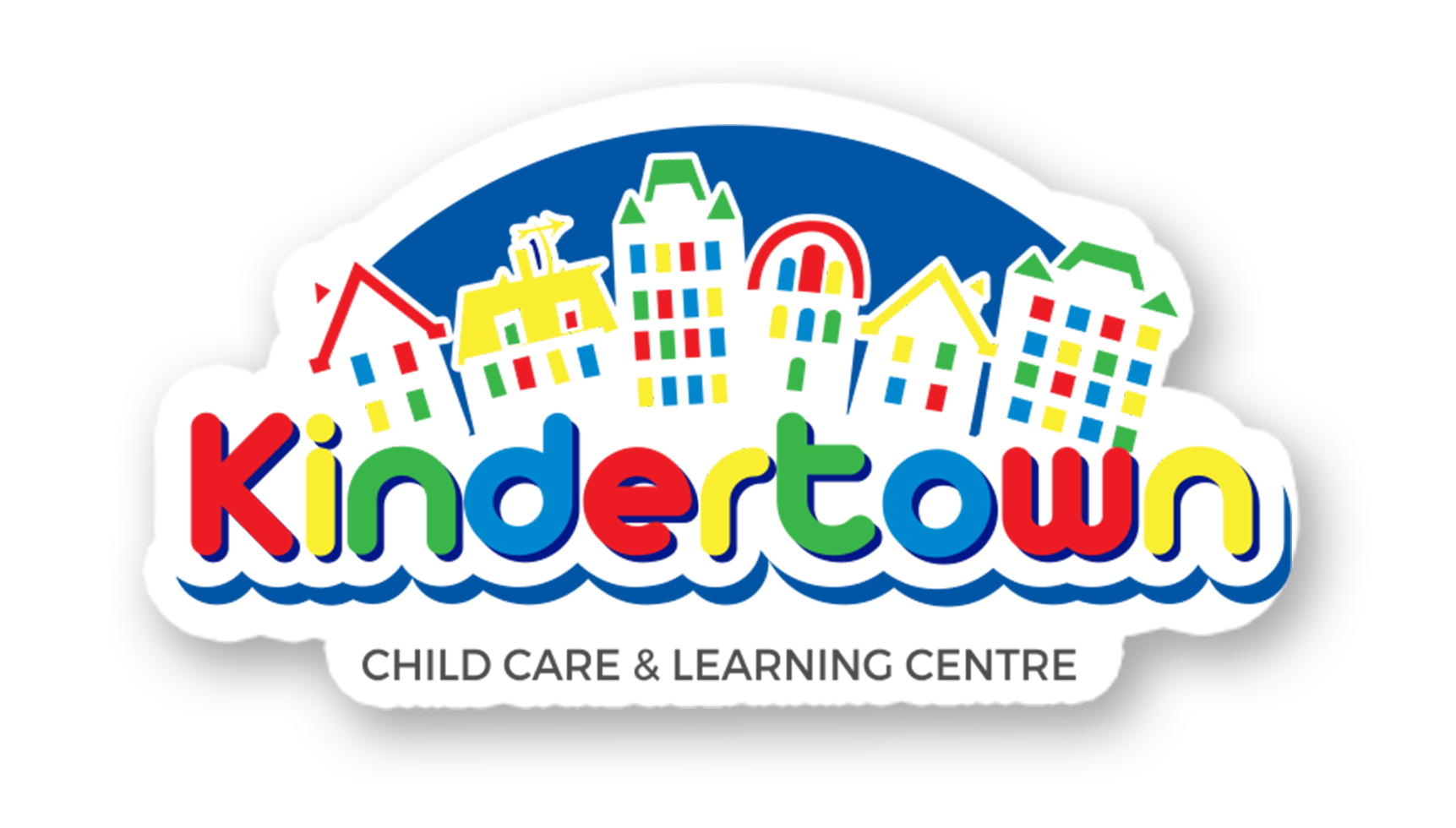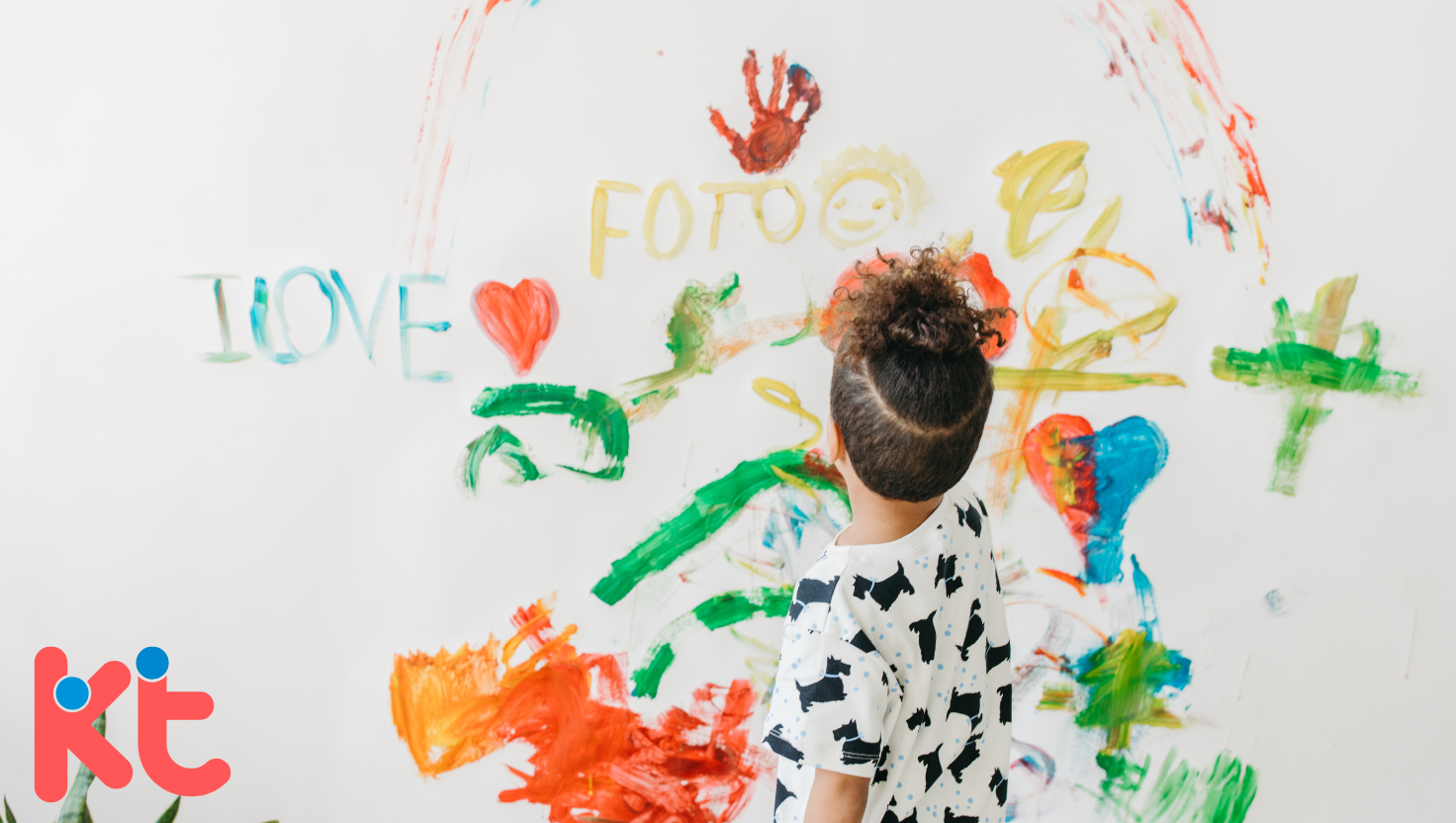Teaching Art in ECE
Art is a universal language that allows us to express our thoughts, emotions, and creativity. Introducing young children to various art forms, methods, techniques, and renowned artists throughout history can ignite their imagination, foster self-expression, and broaden their understanding of different cultures. As early childhood educators, we have a wonderful opportunity to incorporate and explore art in our teaching practices. In this blog post, we will delve into the ways educators can inspire children to learn about art forms, methods, techniques, and artists throughout history, creating a rich and meaningful learning experience.
Introduce Artistic Concepts: Begin by introducing basic artistic concepts to young children, such as color, shape, line, and texture. Engage in discussions about art forms they encounter in their daily lives, like paintings, sculptures, and crafts. Encourage them to observe and identify these elements in the artwork they encounter, fostering their visual literacy and critical thinking skills.
Art Appreciation: Expose children to various art forms, styles, and techniques through hands-on experiences and visual displays. Display images of famous artworks by renowned artists from different periods, such as Leonardo da Vinci, Vincent van Gogh, Frida Kahlo, or Pablo Picasso. Encourage discussions about the artist's style, themes, and techniques, asking open-ended questions to prompt critical thinking and personal interpretation.
Hands-on Art Experiences: Engage children in hands-on art activities that emulate the techniques and methods used by famous artists. Provide a variety of materials like paints, clay, collage materials, or natural objects for children to explore and experiment with. Encourage them to create their own interpretations of famous artworks or to express their emotions and ideas through their own unique artistic expressions.
Art History and Storytelling: Introduce children to key artists and art movements throughout history through storytelling and age-appropriate literature. Share biographical stories or picture books that highlight the lives and artistic journeys of famous artists. Connect their artwork to historical and cultural contexts, promoting a deeper understanding and appreciation of art as a reflection of society.
Museum Visits and Virtual Exhibitions: Plan visits to local museums or arrange virtual tours of famous art museums and exhibitions. Allow children to observe and engage with artworks in person or through digital platforms. Encourage them to ask questions, share their thoughts, and discuss the emotions evoked by the artworks. This exposure to a wide range of art styles and mediums cultivates visual literacy, cultural understanding, and an appreciation for artistic diversity.
Collaborative Art Projects: Facilitate collaborative art projects where children work together to create a large-scale artwork or installation. Encourage them to incorporate elements from various art styles and techniques they have learned about. This collaborative effort promotes teamwork, communication, and creativity while fostering a sense of shared ownership and pride in their collective creation.
Incorporating art forms, methods, techniques, and the exploration of renowned artists throughout history in early childhood education creates a vibrant and enriching learning environment. By introducing artistic concepts, encouraging hands-on art experiences, exploring art history, and providing opportunities for museum visits and collaborative projects, educators inspire children's creativity, self-expression, and cultural understanding. Through these experiences, young learners develop visual literacy, critical thinking skills, and a lifelong appreciation for the rich world of art. Let us empower and inspire the young artists in our care, as we nurture their imaginations and unleash their creative potential.

